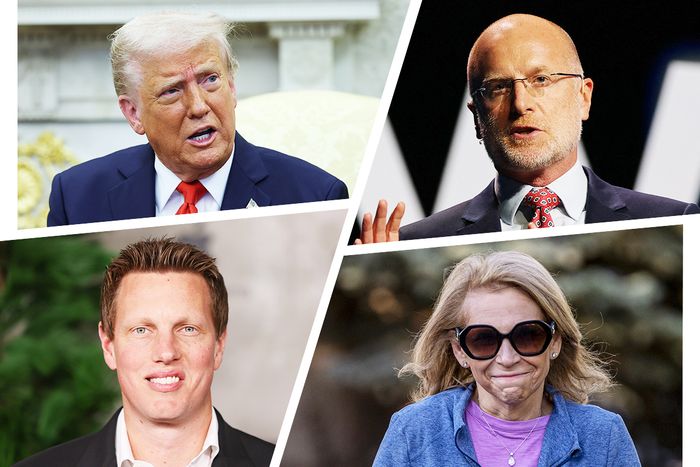The high-stakes $8 billion merger negotiations between Paramount Global and Skydance Media continue to captivate the financial and entertainment worlds, a saga that persists even after the recent resolution of a significant 60 Minutes lawsuit. At the heart of this intricate corporate drama is Shari Redstone, the controlling shareholder whose every decision holds immense weight, poised to either propel this monumental deal forward or consign it to the annals of failed acquisitions.
This proposed acquisition represents far more than a simple corporate transaction; it stands as one of the largest potential mergers in recent entertainment history, carrying profound implications for the global media landscape. The envisioned union aims to consolidate vast content libraries, promising a formidable new entity capable of reshaping the competitive dynamics for both traditional broadcasting and the rapidly expanding streaming industry. Such a consolidation effort underscores the intense pressure on legacy media companies to scale and adapt in an increasingly digital-first ecosystem, where content aggregation and distribution are paramount.
Central to the ongoing discussions is Skydance CEO David Ellison, whose strategic vision for the combined enterprise is a pivotal point of contention and negotiation. His blueprint for integrating Paramount’s extensive assets with Skydance’s agile production capabilities offers a glimpse into a future where content creation and multi-platform distribution could achieve unprecedented synergy. However, the influence of Shari Redstone, through her National Amusements holding company, dictates the ultimate trajectory, making her endorsements and conditions critical to the merger’s viability.
As the Paramount and Skydance media merger unfolds, it has drawn close scrutiny from various regulatory bodies, most notably the FCC. These watchdogs are meticulously examining the proposed deal for its potential impact on market concentration, competitive balance, and consumer choice within the broadcasting and streaming industry. The regulatory process itself has occasionally intersected with broader political narratives, given the high-profile nature of the entities and individuals involved, adding another layer of complexity to an already multifaceted corporate endeavor.
The saga is a stark illustration of the immense financial pressures and strategic imperatives confronting legacy media conglomerates as they navigate evolving consumption patterns and the pervasive dominance of digital platforms. The outcome of this media merger will set a significant precedent for future investment trends, the evolution of content distribution models, and the overall competitive equilibrium within the global entertainment and technology sectors. Analysts are keenly observing every twist and turn, recognizing that the resolution of this drama could signal a new era of consolidation or a period of intensified fragmentation.
Ultimately, the financial and strategic implications of this potential union are far-reaching, extending beyond the immediate stakeholders to resonate throughout the entire streaming industry and traditional media landscape. Whether Shari Redstone and David Ellison can bridge their differences and navigate the myriad complexities, including shareholder interests and regulatory hurdles, remains the defining question. The final reckoning for Paramount and Skydance will undoubtedly leave an indelible mark on the future of entertainment, setting a powerful precedent for consolidation efforts in a volatile and rapidly transforming market.
Discover more from The Time News
Subscribe to get the latest posts sent to your email.






